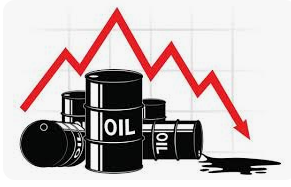Oil futures dipped modestly today, as the prospect of increased crude supply from OPEC+ weighed on the market despite optimism surrounding a potential trade deal between the United States and China.
As of early trading, Brent crude futures fell to about US $65.59 per barrel and West Texas Intermediate (WTI) crude slipped to roughly US $61.26 per barrel.
Producers in the OPEC+ group—including major members like Saudi Aramco and Rosneft—are reportedly leaning toward a further modest production increase in December, with additional output possibly reaching 137,000 barrels per day. Such increased supply expectations are exerting downward pressure on prices.
On the demand side, traders remain cautiously optimistic as Presidents Donald Trump and Xi Jinping are slated to meet later this week, raising hopes of progress in U.S.–China trade talks that could bolster oil consumption.
Key Dynamics at Play
- OPEC+ is reportedly considering another modest production boost in December, continuing its gradual unwinding of earlier cuts aimed at supporting oil prices.
- At the same time, rising expectation of a trade deal between the U.S. and China — the world’s two largest oil consumers — has raised hopes for stronger oil demand.
- Some of the recent gains in oil prices followed U.S. sanctions on Russian oil companies, but analysts say the impact may be muted given continued global spare capacity.
What It Means
The tug-of-war between potential demand upside (via trade negotiations) and supply headwinds (through rising output) is keeping oil prices in check. For investors and policymakers, this means the oil market remains sensitive to both geopolitical developments and underlying supply responses.





Leave A Comment